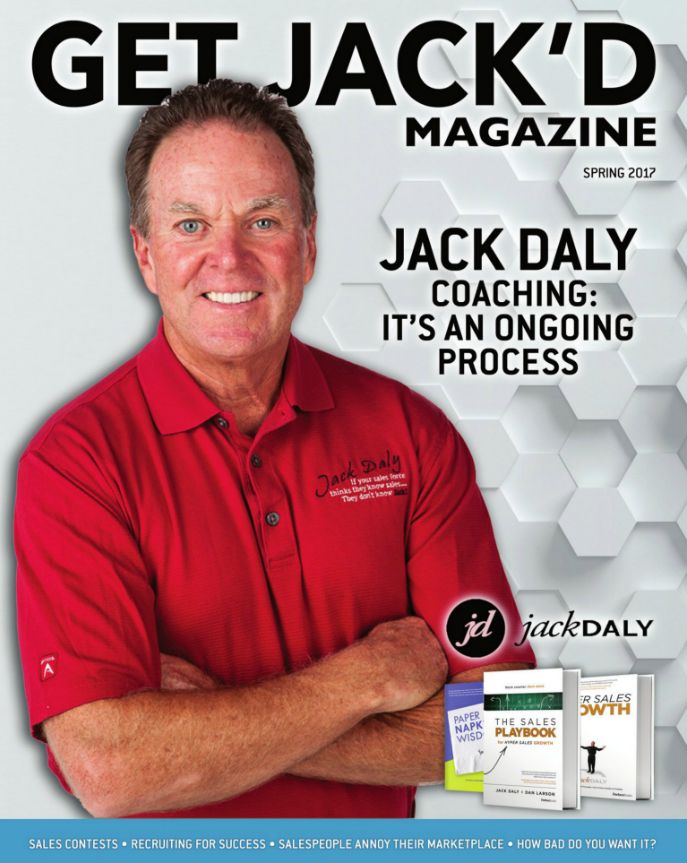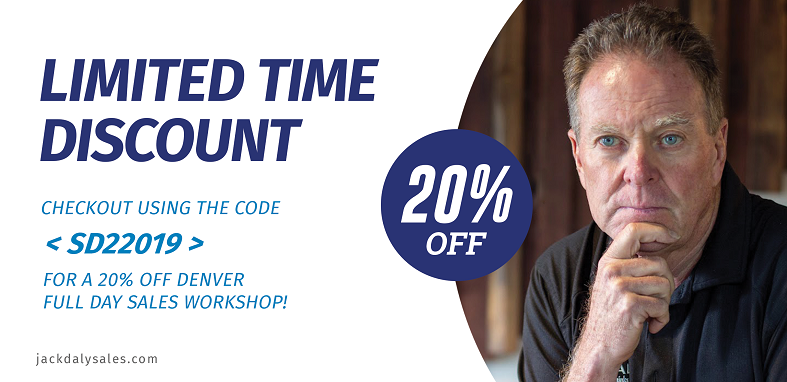Sales Performance Training: How To Build a World Class Sales Organization
This article discusses what to focus on when building a world-class sales organization. As a business leader or sales manager, it’s not your job to grow your company’s sales. It’s your job to implement a sales training process that serves to grow salespeople in both quantity and quality every day. Here are five important initiatives that are musts in the sales performance training process when focusing on building a world-class organization.
- Step #1: Finding good people. This step is all about recruiting great talent to your organization and it does not happen by chance. Successful companies are aggressive about their recruiting, and view recruiting as a “process”, not an event. This meaning that recruiting is an ongoing and continuous process, not just about adding new people to your team or replacing those who have left. Recruiting is about constantly seeking out new talent. Your company doesn’t just go after new customers after losing an existing one, and your recruiting process shouldn’t work that way either.
- Step #2: Getting new individuals to join your team. If you’ve spent hours aggressively recruiting top candidates, ensure you’ve prepared and practiced a thorough and professional presentation. Highlight products and services, features, advantages, and benefits as well.
- Step #3: Getting your new sales team trained and producing. After adding talent to the sales team, the next step is to quickly “get them into the game”. Be sure to have a plan—many sales managers and CEO’s believe “ramp-up” time for a new salesperson is around 6 months, possibly up to a year or more. A good sales training process gets new team members up and running quickly, and producing excellent results.
- Step #4: Grow your sales team into top producers. Training is not a one-time event, but rather an ongoing and continuous process. Salespeople face constant change in the marketplace every day—consider the following analogy. When lumberjacks head out into the forest each day to cut down trees, they have greater success with a sharpened axe. If these axes are not constantly being sharpened, lumberjacks will eventually have to work harder to achieve results. Not providing your team with constant sales performance training may result in turnover or salesperson burnout.
- Step #5: Lastly, focus on keeping/retaining your sales team. The Harvard Business School conducted a recent survey of top producing sales professionals, asking them to rank the top 5 reasons they stayed in their current position or remained with their current company. The answers were: respect, recognition, a positive work environment, the opportunity for personal growth, and money.
Get the Culture Right First!
Friday, December 10th, 2010
| After spending the day recently with my friend Patrick Condon, I asked him to send me an article about the Culture shift in his company so that I could share it with all of you. This is good stuff friends and I hope you take a minute to read Patrick’s journey below and ponder how you might be able to do something similar for your business. Happy reading……………… |
Balanced Score Card, Daily Huddle, Accountability Formula…
STOP
Get the Culture Right First!
by Patrick Condon
It was mid April 2004 and I had a whole new bag of tricks! A new day was on the horizon. I had just spent a long weekend learning from the business All-Stars at the EO/MIT/Inc. Gathering of Titians (GOT) program. Days filled with sharing best practices from the nation’s top CEO’s and nights of story telling and experience-sharing with the some of the best and brightest entrepreneurs around the globe. I was on fire! Returning on the plane early Sunday morning I created my to-do list for Monday’s staff meeting. I had my Rocks from Verne Harnish, I had my purpose inspired by Garrett Boone, co-founder of the Container Store, and my accountability formula from Bob Prosen’s book on the same subject.
With the best practices in hand I was ready to “FIX” my company. As the nation’s largest multi-state remodel firm Finished Basement Company specializes in highly complex and intricate design/build basement finish. At the time, despite 1000s of projects under our belt we still had tons of operational issues. Jobs were running late, client satisfaction was spotty and we were barely profitable. Monday would bring a new day and I couldn’t wait to download and implement the new practices that I had learned from the nation’s brightest minds. I couldn’t sleep thinking about how excited my team would be to hear these latest ideas.
Well, let’s pause here. Have you ever been in a canoe paddling like hell only to look over towards the shoreline and discover that you are moving backwards? The next six months of “fixing” the company felt like I had been canoeing upwind and getting nowhere. Universally, the “team” (and, during that period, I use that word loosely) rejected the new game plan. I had either outright resistance or tons of lip service and little or no action. The most humbling experience was seeing our plummeting metrics on our newly implemented company dashboard. Worst of all, I hated coming to work. I’ve never hated coming to work! I love my company! But I was miserable! I knew this stuff (the scorecard, meeting rhythms, etc.) worked but why wasn’t it working at my company?
Simply put; our culture sucked! The reason I didn’t want to come to work was that my work environment was horrible! It was full of silos, naysayers, endless excuses, and a lack of commitment to accountability. Nothing works when the culture is broken. You can take the best strategy and demand results but if the team is swimming in negativity and small thinking they can’t break out of the low results pattern.
I knew we needed dramatic change. Bravely, I ignored the problem and instead opened a second office in another state. Frankly, I didn’t have the guts to do what I needed to do in our main office. Instead, I took my best employee in the company and sent him to Minnesota and we started over. I sent another to Chicago to learn and embrace Brad Smart’s Topgrading to the letter. Over time in the Minnesota office we hired absolute A players. We demanded the best of them. We created a culture that was steeped in tradition, we created the FBC way – the salt shakers of the company were known to everyone – and we didn’t let anyone move our salt shakers. We became a company of great stories and excellence. The results were amazing! The new office outperformed the old office in a year. And, all of the best practices which I had tried to establish coming back from my GOT conference a year earlier were not only holding but proving a 2x performance over the old office.
Moreover, I would fly into the Minnesota office and LOVE my time there. People were having fun and producing results. Then, I’d come back to the Denver office and would just be miserable. I knew what we had to do and this time I had an example of what it could look like. A year later in Denver the entire team but for one person had been exited from the company and in their place stood a whole new set of rock star A players that would help rebuild the company.
Today, all of our best practices start with the Culture.
- Topgrade – we interview and go deep! Of course it requires buy-in from all the employees, but we follow the Topgrading interview process to the letter. As a result, our team embraces a new employee, knowing that they made the difficult cut to be hired to the team and the existing team supports the new hire in being successful. Although not every hire is correct, the company culture is so solid and strong that the poor hire is quickly revealed.
- We have very clear expectations. We possess an “FBC Way” of doing things. It is documented and the team holds each other to account on this expectation for the good of the entire team.
- When bringing a new employee on board, we follow the Jack Daly prescription of welcoming them with flowers and balloons. Their spouse receives something special from the team on the same day that the new employee is hired. We celebrate that they joined the team and the and their family feel proud that they made the right decision to join FBC.
- We tell stories upon stories about our co-workers, a tradepartners, clients, etc. that reinforce our culture. Our team owns these stories as though they experienced the event themselves. Our new hires repeatedly hear these stories from all other individuals on the team.
- We have tons of rituals and traditions that reinforce our culture. These rituals range from how we present our designs to our clients, how we maintain the cleanliness of our basements during construction, to how we celebrate the completion of each basement with our homeowners.
- Our meeting rhythms are an integral part of our culture. Given our need to work as a team, they rhythm of our internal meetings reflects the role of each of the players on the team. Similarly, when we schedule meetings with our clients, our culture dictates the days and times that these meets can occur based on the roles of each employee.
At the end of the day, if you get the culture right everything else flows. If the culture is bad – no amount of best practices, goal setting, or daily huddles will make a difference. Get the culture right and your team will embrace new ideas and start creating a whole new level of best practices that exceed your imagination





